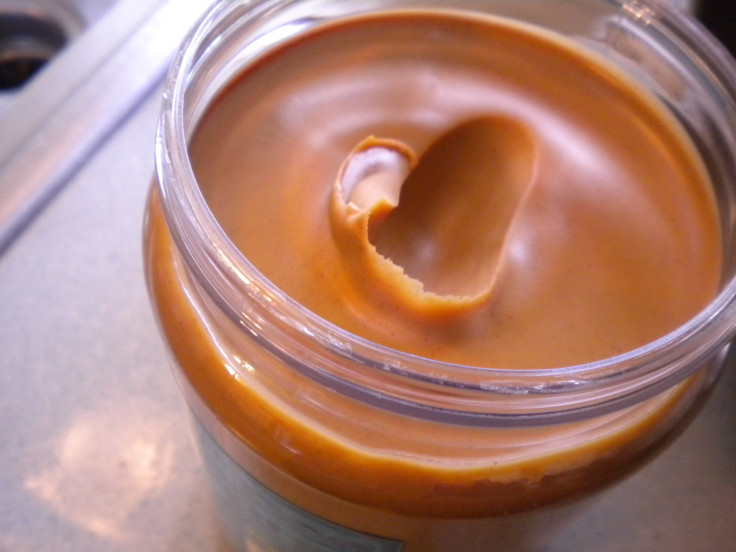Peanut Butter Sniff Test May Help Detect Early-Stage Alzheimer's Disease

A tablespoon of peanut butter and a simple ruler may provide an excellent diagnostic test for early-stage Alzheimer’s disease, in a low-tech approach to measuring cognitive decline.
Jennifer Stamps, a graduate student at the University of Florida, generated the idea for the non-invasive test while working with Kenneth Heilman, a professor of neurology at the university, who told her, “If you can up with something quick and inexpensive, we can do it.”
Given the decline of the olfactory sense with cognitive decline, Stamps reasoned that testing the ability to smell might indicate someone’s level of cognitive decline, a symptom of Alzheimer’s disease. Such testing proved to be relatively easy to conduct non-invasively given that such degeneration among Alzheimer’s patients typically occurs on one side of the brain, leaving an asymmetrical ability to detect odor.
Thus, one nostril might better detect peanut butter — a “pure odorant” — than the other.
In the small pilot study, patients closed their eyes and mouth and blocked one nostril, as a clinician tested their ability to detect the smell of peanut butter. With no knowledge of each patient’s diagnosis, the clinician held a container holding 14 grams of peanut butter at closer and closer distances to the patient’s nostril, pausing 90 seconds before moving one centimeter closer.
The investigators found that patients in the early stages of the disease experienced a dramatic difference between left and right nostrils in the ability to detect the peanut butter. Impaired by cognitive decline in the olfactory cortex, such patients were unable to detect the smell with their left nostrils, at an average distance of 10 centimeters beyond the threshold for the right nostril. Patients typically detected the peanut butter at a mean distance of 5.1 centimeters with the left nostril, compared with 17.4 centimeters with the right.
Of two dozen patients, 14 showed impairment with the left nostril while 10 did not.
“At the moment, we can use this test to confirm diagnosis,” Stamps said in a release. “But we plan to study patients with mild cognitive impairment to see if this test might be used to predict which patients are going to get Alzheimer’s disease.”
Heilman said that the new test may provide a more practical tool for clinicians, given that current diagnostics for Alzheimer’s and other forms of dementia can be expensive, invasive, and time-consuming. “We see people with all kinds of memory disorders,” Heilman said. “This can become an important part of the evaluation process.”
Source: Stamps JJ, Bartoshuk LM, Heilman KM. A Brief Olfactory Test For Alzheimer’s Disease. Journal of the Neurological Sciences. 2013.
Published by Medicaldaily.com



























